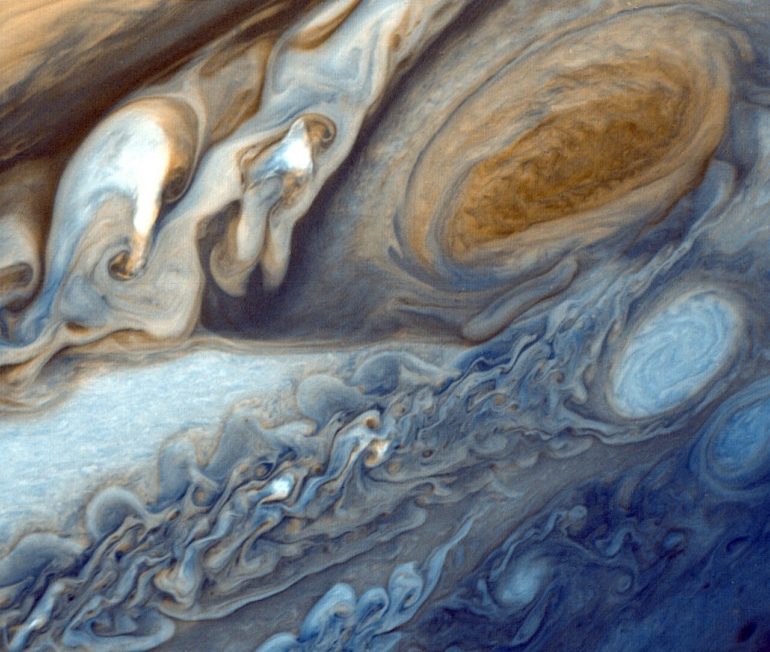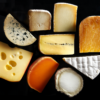A trio of researchers, two with Harvard University, the other the University of Alberta, has found evidence that weather on Saturn and Jupiter may be driven by dramatically different forces than weather on Earth. In their paper published in the journal Science Advances, Rakesh Kumar Yadav, Moritz Heimpel and Jeremy Bloxham describe computer simulations showing that major weather systems on Jupiter and Saturn might be driven by internal rather than external forces, resulting in outcomes such as the formation of large anticyclones like Jupiter’s famous red spot.
Weather on Earth is primarily driven by processes that take place in a thin layer of the atmosphere near the planet’s surface. For many years, it has been thought that similar processes drive weather on other planets, such as Jupiter and Saturn. In this new effort, the researchers demonstrate that such theories may be wrong.
The work involved creating two simulations to mimic conditions on Jupiter and Saturn. Rather than assuming weather patterns are driven by turbulence just above the surface, the researchers programmed their simulations to take into account turbulent convection occurring in spherical shells as they rotate. In one such simulation, which they called the “thin shell” approach, the simulation was used to reproduce what happens with convection layers on gas giants such as Saturn and Jupiter—events they note have very little interaction with the planet’s magnetic field. They found that the simulation showed cyclones, zonal jets and anticyclones forming spontaneously on both Jupiter and Saturn. The second simulation, which they called the “thick shell” approach, was programmed to mimic the interactions by the planet’s inner dynamo and the outer hydrodynamic layer. It showed plumes being ejected from the magnetic layer, which gave rise to what they describe as pancake-shaped weather patterns close to the surface.
The researchers suggest that some of the weather patterns on both planets are likely driven by jet streams and processes below the surface. They also suggest their simulations show that the famous red spot may have formed when the planet’s dynamo region set off processes that resulted in the production of large anticyclones in the atmosphere.
Where were Jupiter and Saturn born?
More information:
Rakesh Kumar Yadav et al. Deep convection–driven vortex formation on Jupiter and Saturn, Science Advances (2020). DOI: 10.1126/sciadv.abb9298
2020 Science X Network
Citation:
Weather on Jupiter and Saturn may be driven by different forces than on Earth (2020, November 16)
retrieved 16 November 2020
from https://phys.org/news/2020-11-weather-jupiter-saturn-driven-earth.html
This document is subject to copyright. Apart from any fair dealing for the purpose of private study or research, no
part may be reproduced without the written permission. The content is provided for information purposes only.



